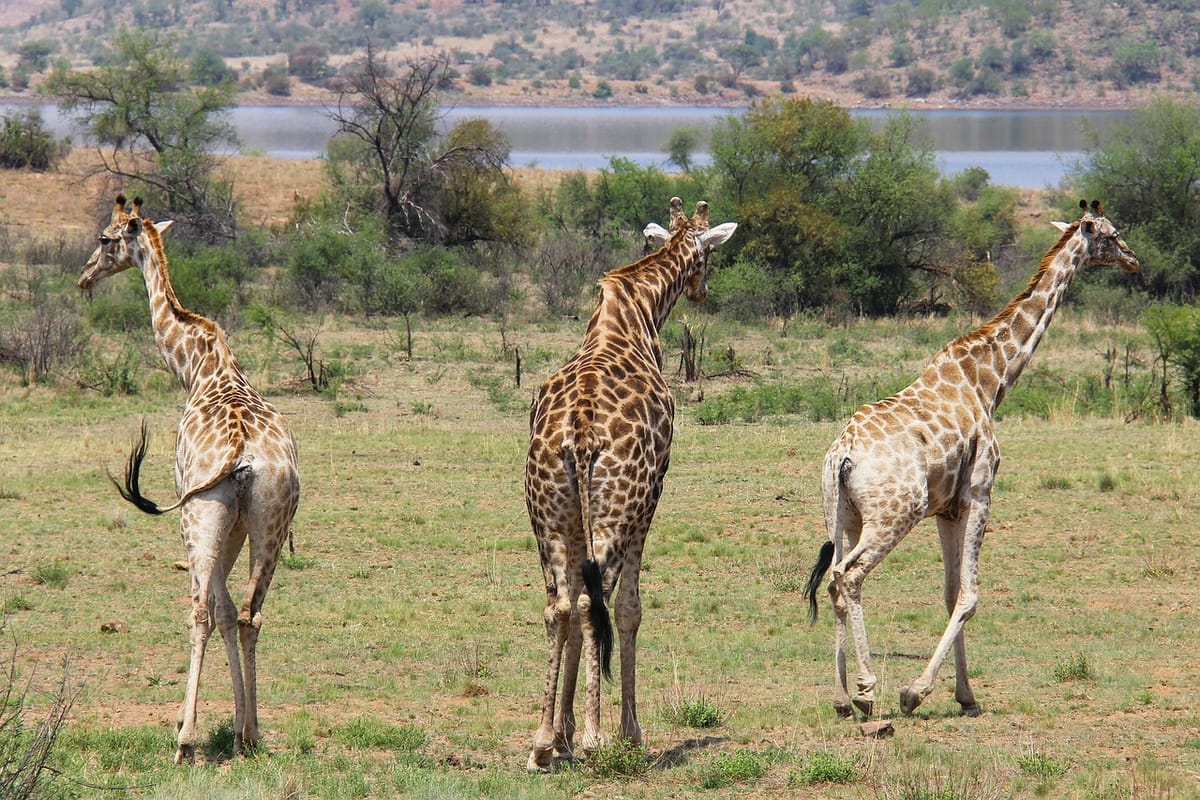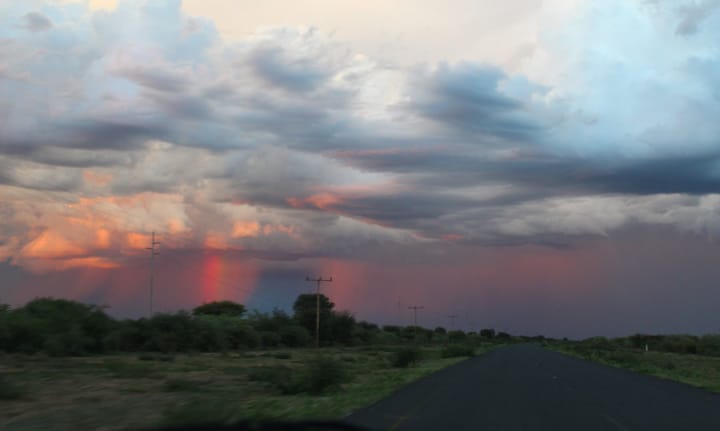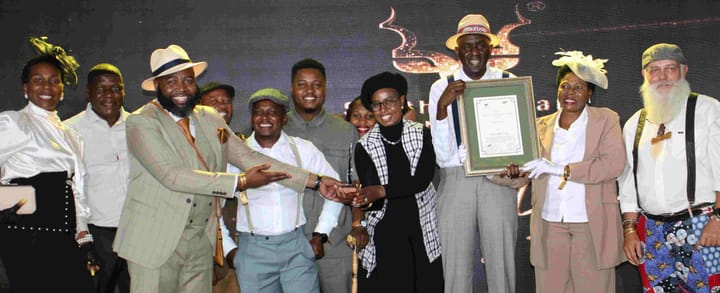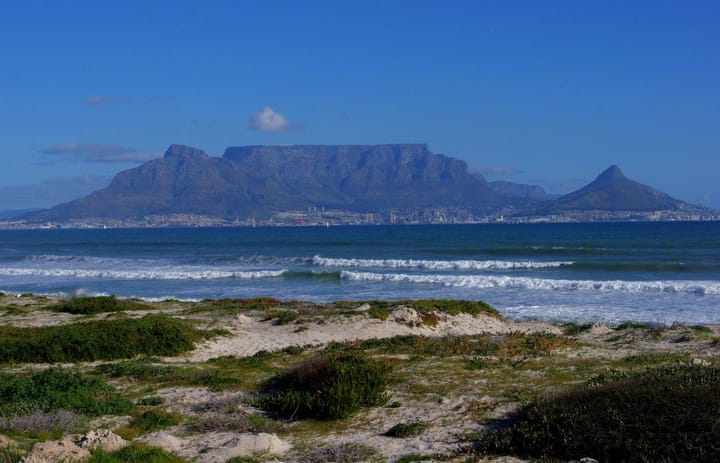Will Pilanesberg’s new tariffs price out the very tourists it needs most?
A steep rise in Pilanesberg National Park’s entrance fees has sparked backlash from visitors and tour operators, but management says it’s part of a long-overdue plan to reposition and restore the park.

Tour operators and regular visitors to Pilanesberg National Park have reacted with outrage to the park’s new tariffs, which will come into effect on December 1. The increases include a 100 percent rise for South African adults, from R80 to R160, and a jump for foreign visitors from R110 to R680 per person. Vehicle entry will also rise from R40 to R160.
The steep increases have been described by many as unaffordable and out of touch with the current tourism climate. On social media, long-time visitors expressed disappointment, saying the park risks driving away loyal supporters. “We have been coming to the park for the last 25 years and absolutely love it here,” one visitor wrote. “Unfortunately, due to your heavy rate increases, we will not be able to visit anymore. Looking at people’s posts on social media, you are going to lose a lot of customers.”
Another regular guest commented that the extra money is unlikely to be reinvested in the park, while others complained about poor road conditions and a decline in wildlife sightings. “Done with Pilanesberg,” one wrote. “Roads are the worst, seems as if there are significantly fewer animals now, and heavy costs. Glad I saw it when it wasn’t exorbitant and broken.”
Tour operators have also voiced concern, saying the increase will directly impact their business. “For us as a tour company we visit the park frequently with visitors from abroad. The entrance rate increase is going to hurt us. Kruger is too far for a day trip,” said one tour operator. Others described the new tariffs as unsustainable, adding that clients, particularly seniors, will struggle to afford visits.
Accommodation providers in the surrounding area might also feel the knock-on effect. “The lodges are also going to be affected, as you can’t pay for accommodation and then on top of it pay these prices for visiting the park,” one operator said.
Many questioned the justification for such a steep increase, pointing out that little visible maintenance has been done in recent years. “Nothing is being done with the money, so why the increase?” one Facebook user asked. Another said: “A normal increase I can understand, but double or more?”
For context, Addo Elephant National Park and Kruger National Park both charges significantly lower than Pilanesberg’s proposed R680. The difference places Pilanesberg among the most expensive parks in South Africa, despite ongoing complaints about infrastructure and road conditions.
Local travellers warned that the increase could lead to fewer visitors and potential job losses in the tourism sector. “This was our go-to weekend breakaway spot,” one regular said. “They don’t fix anything in the park yet want to double the rates. We won’t go anymore. Very sad future for the park.”
A public poll has already been created to gather responses from visitors and operators, and it is now circulating widely online: https://tally.so/r/nr7X45.
This journalist has spoken directly to Jonathan Denga, Acting Chief Executive Officer of Pilanesberg National Park. According to Denga, the tariff adjustment is part of a broader sustainability and repositioning plan for the park. He explained that the rates have remained unchanged for many years and that the previous R80 entrance fee was no longer reflective of the park’s value as a Big Five destination.
“We applied what is called the user-pay principle,” Denga said. “The end user must pay the price. If you want to use it, it’s up to you, but you must pay the price. The increase is aimed mainly at the international community to take pressure off local visitors.”
He said the park has operated under severe financial strain for years, with no recapitalisation of infrastructure since its establishment. A pre-COVID report placed the cost of maintaining the park’s roads alone at an estimate of over R50 million, while full recapitalisation would require approximately R2 billion.
“This is not a normal increase,” he said. “We are repositioning Pilanesberg completely. The intention is to upgrade the park, manage traffic more effectively, and create a better product overall.”
Denga added that the published tariffs circulating online omit key details such as the community conservation levy, five percent for South African visitors and ten percent for international guests, and that the figures were not yet final. He emphasised that an official media statement is being prepared to clarify the park’s position and future plans.
He also said they hope the increase in vehicle and self-drive entrance fees will help the park to more closely manage the current high traffic inflows in a way that preserves the roads and surrounding environment.
Denga noted that the entrance fee adjustment is not limited to Pilanesberg but will also apply to the majority of the North West province’s tourism-related parks.






Comments ()